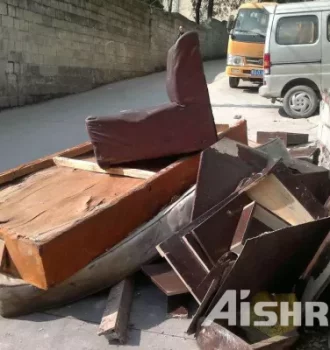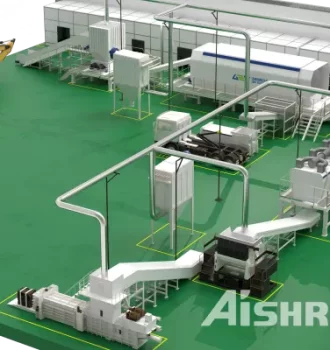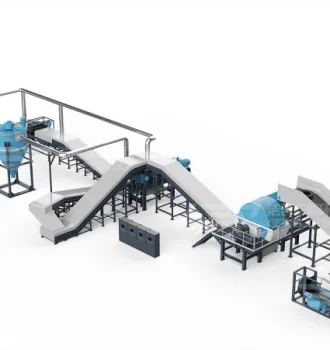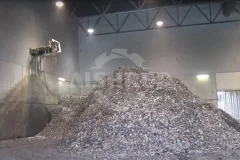
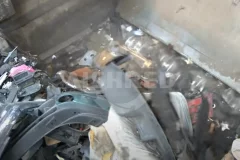
As industries worldwide seek sustainable alternatives to traditional fuel sources, cement plants are turning to innovative solutions such as alternative fuels. Shredders play a crucial role in this transition, enabling the efficient processing of diverse waste materials into valuable fuel sources. This article explores the integration of shredders in cement plants for alternative fuel production, highlighting the benefits and advancements in sustainable energy practices.The Need for Alternative FuelsCement production is energy-intensive, relying heavily on fossil fuels such as coal and petroleum coke. However, the environmental impact of fossil fuel combustion, including greenhouse gas emissions and air pollution, necessitates the adoption of alternative fuels. Alternative fuels derived from waste materials offer a sustainable solution, reducing reliance on finite resources and mitigating environmental impact.Role of Shredders Shredders are indispensable equipment in the production of alternative fuels for
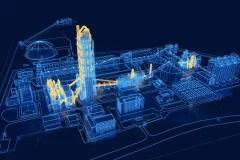
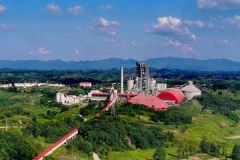
In the quest for sustainability and reduced environmental impact in cement production, Alternative Fuel and Raw Materials (AFR) play a pivotal role. AFR refers to the use of non-conventional materials as a substitute for traditional fuels and raw materials in cement manufacturing. These materials typically include various types of waste, such as industrial by-products, biomass, or non-recyclable materials, which would otherwise end up in landfills. The integration of AFR in cement kilns not only helps in managing waste effectively but also significantly reduces the reliance on fossil fuels, leading to lower carbon emissions. The utilization of AFR is a complex process, involving careful sourcing, processing, and compatibility assessment with existing cement production technology, all aimed at maintaining the quality of the cement while ensuring environmental compliance.Fuel may vary from Liquid, Semi solid or Solid from Biomass, Paint sludge, MSW, Tyre chips,Pharmaceutical wastes etc. which are having
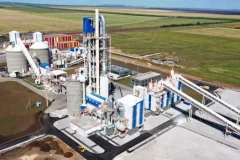
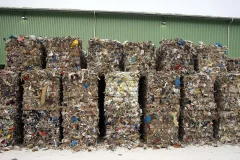
Cement Plant Refuse Derived Fuel System
2024-01-03The cement industry is undergoing a positive and remarkable transformation: replacing fossil fuels with refuse derived fuels (RDF), solid recover fuels (SRF) or biomass. This measure helps to reduce carbon emissions, achieve more environmentally friendly cement production processes, and fulfill the commitment of cement enterprises to sustainable development.GEP ECOTECH is committed to promoting sustainable development in the cement industry, and we offer a variety of innovative alternative fuel solutions for this purpose. Our solutions cover various kinds of materials and feeding requirements, tailoring the best solutions for customers to ensure stable and high-quality fuel supply.Shredding SystemA powerful shredding system is the key to the successful production of high-quality RDF/SRF. GEP ECOTECH's multi-stage shredding system doesn't fear the challenges of complex materials. From pre shredder to shearing shredder, and the eye-catching single shaft shredder, our shredders' durability and trouble free
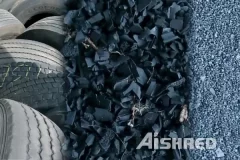
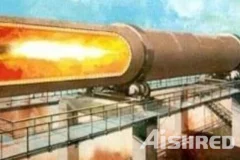
Conventional fuels like hard coal and lignite that are commonly used fuels in cement production have high specific CO2 emission values (Hard coal: ~95 kg CO2/GJ; Lignite: ~98 kg CO2/GJ). Consequently, substituting these with other fuels having lower specific emssion values (e.g. fuel oil or natural gas) or with other sources that can satisfy the thermal demand of the processes is an effective way of reducing CO2 emissons. Principally, in cement kilns conventional fossil fuels can be substituted up to 100% by alternative fuels. Nevertheless, there are certain technical limitations like the calorific value, the moisture content, and the content of side products like trace elements or chlorine. The calorific value of most organic material is comparatively low (10 – 18 GJ/t). For the main firing of the cement kiln an average calorific value of at least 20-22 GJ/t is required, meaning that high calorific alternative fuels are mostly used in the main firing. Waste tyres can be used as a fuel in cement kilns. Waste
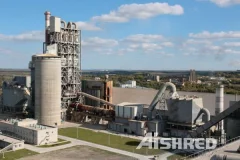
Co-processing Waste in Cement Industry
2022-04-21The problem of waste is one of the most urgent on the world agenda, According to the World Bank, the world generates 2.01 billion tonnes of waste every year, with at least 33 percent of that—extremely conservatively—not managed in an environmentally safe manner. Therefore, the most important task is to clear the waste and create a system that will allow separating waste, competently managing its flows, processing it and without harm to nature. Turning the so-called “tailings” into cement, which remain at the waste sorting complexes after the extraction of all useful recyclable materials, is one of the most environmentally friendly and effective solutions to this problem. The use of alternative fuels from municipal solid waste (MSW) in cement production will help global achieve environmental goals.Waste Disposal in the Production of CementLimestone, clay and thermal energy are needed to make cement. The cost of the latter is 30% of all production costs. The cement industry uses a variety of fossil fuels to
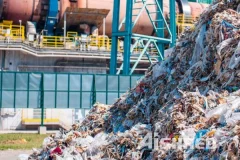
Due to the continuing energy cost fluctuations and the discussions on the sustainable protection of resources the cement industry has hardly enabled to reduce its entire energy and power demand as a result of technical optimisation of its cement production. With the rising energy prices, people have successively used petroleum and coal as the main fuel for cement production. Later, people began to explore the use of waste oil and tires. Nowadays, as people pay more and more attention to reducing carbon emissions, the waste-to-fuel technology has become more and more mature, and many cement kilns have begun to use municipal solid waste or industrial and commercial waste as alternative fuels.Substituting Coal and Petcoke with Alternative fuelsCoal and petcoke, two of the most carbon-intensive fuels, are typically used to heat cement kilns. The substituting coal with lower-carbon fuels offers the greatest short-term potential to reduce CO2 emissions in the industry. Most alternative fuels have a lower carbon
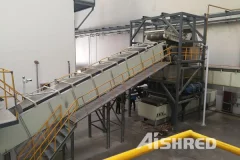
Industrial Shredder for Cement Industry
2022-04-06Cement production is an extremely energy-intensive process that emits approx. 8% of the world’s CO2. There are huge economic and environmental benefits to be made by replacing fossil fuels with alternative fuels made from waste. Cement producers utilizing alternative fuels such as refuse-derived fuel (RDF) and solid recovered fuel (SRF) can gain a substantial competitive edge. In many cases, however, input waste streams contain diverse materials not suitable for co-processing in the cement kiln. A well-designed alternative fuel production process ensures the best quality. To maximize energy production with the lowest possible emissions, a homogeneous grain size, high calorific value, controlled material composition, removal of fines, low chloride and a stable humidity content are a must. Opening waste bags and reducing the size of waste by pre-shredding ensures that unwanted items can be screened and separated from the process. Later in the process, when you have achieved an optimal material content for the

